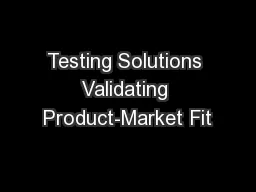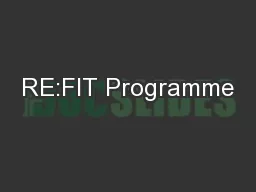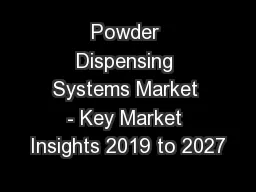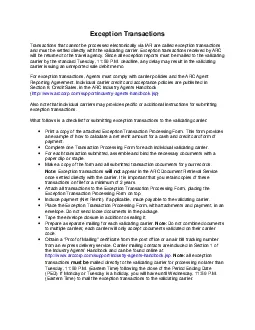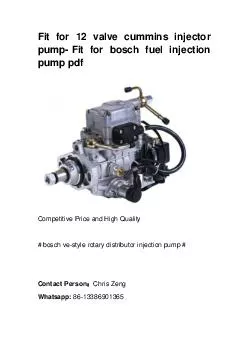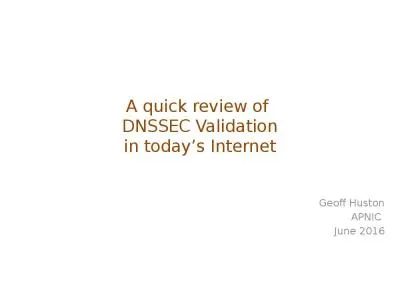PPT-Testing Solutions Validating Product-Market Fit
Author : relylancome | Published Date : 2020-06-19
Edmund Pendleton Lead Instructor NSF ICorps amp SBIR Bootcamp Director DC ICorps Node The Prequel My startup set out to change an entire industry 10 years 20M
Presentation Embed Code
Download Presentation
Download Presentation The PPT/PDF document "Testing Solutions Validating Product-Mar..." is the property of its rightful owner. Permission is granted to download and print the materials on this website for personal, non-commercial use only, and to display it on your personal computer provided you do not modify the materials and that you retain all copyright notices contained in the materials. By downloading content from our website, you accept the terms of this agreement.
Testing Solutions Validating Product-Market Fit: Transcript
Download Rules Of Document
"Testing Solutions Validating Product-Market Fit"The content belongs to its owner. You may download and print it for personal use, without modification, and keep all copyright notices. By downloading, you agree to these terms.
Related Documents

